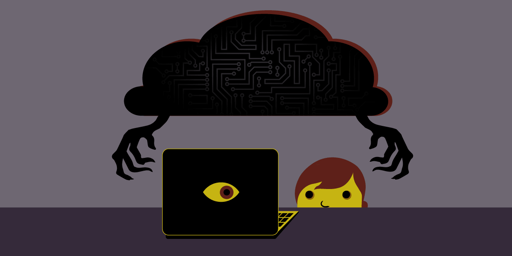- cross-posted to:
- [email protected]
- cross-posted to:
- [email protected]
Following the same legislative and narrative pattern as the EU for “Chat Control”, similar laws and rhetoric are now cropping up in the US. The narrative is “save the children from porn” but the action is censorship, mass surveillance, and the elimination of privacy on the Internet.
As of this writing, Wisconsin lawmakers are escalating their war on privacy by targeting VPNs in the name of “protecting children” in A.B. 105/S.B. 130. It’s an age verification bill that requires all websites distributing material that could conceivably be deemed “sexual content” to both implement an age verification system and also to block the access of users connected via VPN. The bill seeks to broadly expand the definition of materials that are “harmful to minors” beyond the type of speech that states can prohibit minors from accessing—potentially encompassing things like depictions and discussions of human anatomy, sexuality, and reproduction.
Wisconsin’s bill has already passed the State Assembly and is now moving through the Senate. If it becomes law, Wisconsin could become the first state where using a VPN to access certain content is banned. Michigan lawmakers have proposed similar legislation that did not move through its legislature, but among other things, would force internet providers to actively monitor and block VPN connections. And in the UK, officials are calling VPNs "a loophole that needs closing.



Soooo… screw the network of a bunch of companies I guess, lol. I have to use my work’s VPN while working from home, but the way they set it up I also have to use it while working at the office. This is far from a unique setup over here. If this happens to be the same in Wisconsin I have some bad news for them.
Also schools. My kids state issued laptops use vpns to connect to the schools networks as well as in a true irony limit what sites they can access.
It’s actually so limiting it’s nearly impossible to print the required assignments on a printer in our home but that’s a different rant.
That’s basically any modern network. There is no more trivial “inside our network” vs. “outside on the internet”. Networks are segmented on a need-to-know principle. You can access some information from the public internet. Some other things can be accessed from the internet, but only on corporate devices, if your user AND device is whitelisted. And then you have one or more VPNs on top of that for more sensitive stuff. Also those VPNs may be “dynamic” in the sense that it may also be dependent on the user, device and authentication method what is currently accessible over that VPN connection.